Let’s face it: eCommerce retention can be complex.
For most marketers, building a retention strategy can often feel like trying to build a puzzle with missing pieces. They know their customer data is out there, but it’s often stuck elsewhere, siloed in products across their tech stack, leaving their team with blind spots. As a result, many marketers are operating with these blind spots without even knowing it.
Are you building a retention strategy with blind spots? It’s time to check.
We’ve identified the top 5 types of marketing styles that can fall victim to the pitfalls of retention strategy blind spots. And if one of these sounds a little too familiar, don’t worry: we’ve got the tools to help you fill in the gaps and get back on track in no time.
The Juggler
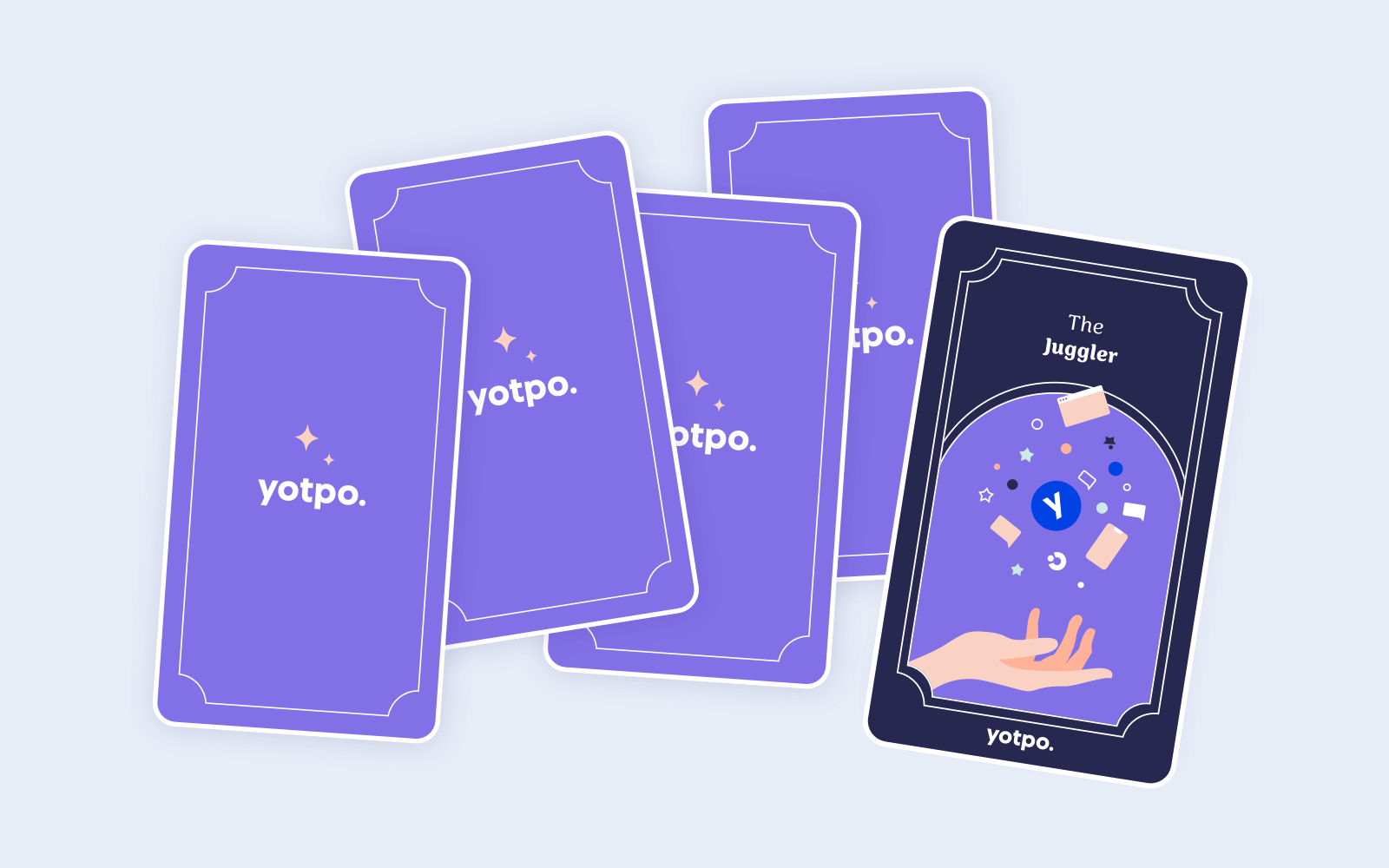
Meet The Juggler. You may recognize this ambitious, ambidextrous individual, but if not, let us give you the rundown.
The Juggler is an optimist at heart and they genuinely believe that this is fine, everything is fine. With all of their technology tools scattered across multiple platforms, they are constantly juggling different dashboards, portals, and spreadsheets.
Our dear Juggler tends to have way too many tabs open and if we’re being honest, data reporting is a real pain in the you-know-what. We can all agree that compiling numbers from multiple sources into one doc to then decode said numbers, in order to build some semblance of a big picture, is not for the faint of heart. Go, Juggler!
But what kind of a friend would we be to The Juggler if we continued to enable this kind of behavior? The truth is, it’s hard to see the big picture when you’re busy plugging in conflicting data from multiple sources.
So, how do we course correct if we’re The Juggler? Great question, we’re so glad you asked.
It all comes down to consolidating your technology tools. We’re not saying you have to get rid of everything, but scaling down or using a platform like Yotpo, that leverages connected data and experiences through a unified platform is a great place to start.
“There is a movement in eCommerce tech towards product bundling. Brands should be looking closely at their tech stack to see where they can turn two or three apps into one, not only saving on costs but making their day-to-day easier with fewer tools they need to manage.”
— Brandon Amoroso, Electriq, a DRINKS Company
The Mad Hatter
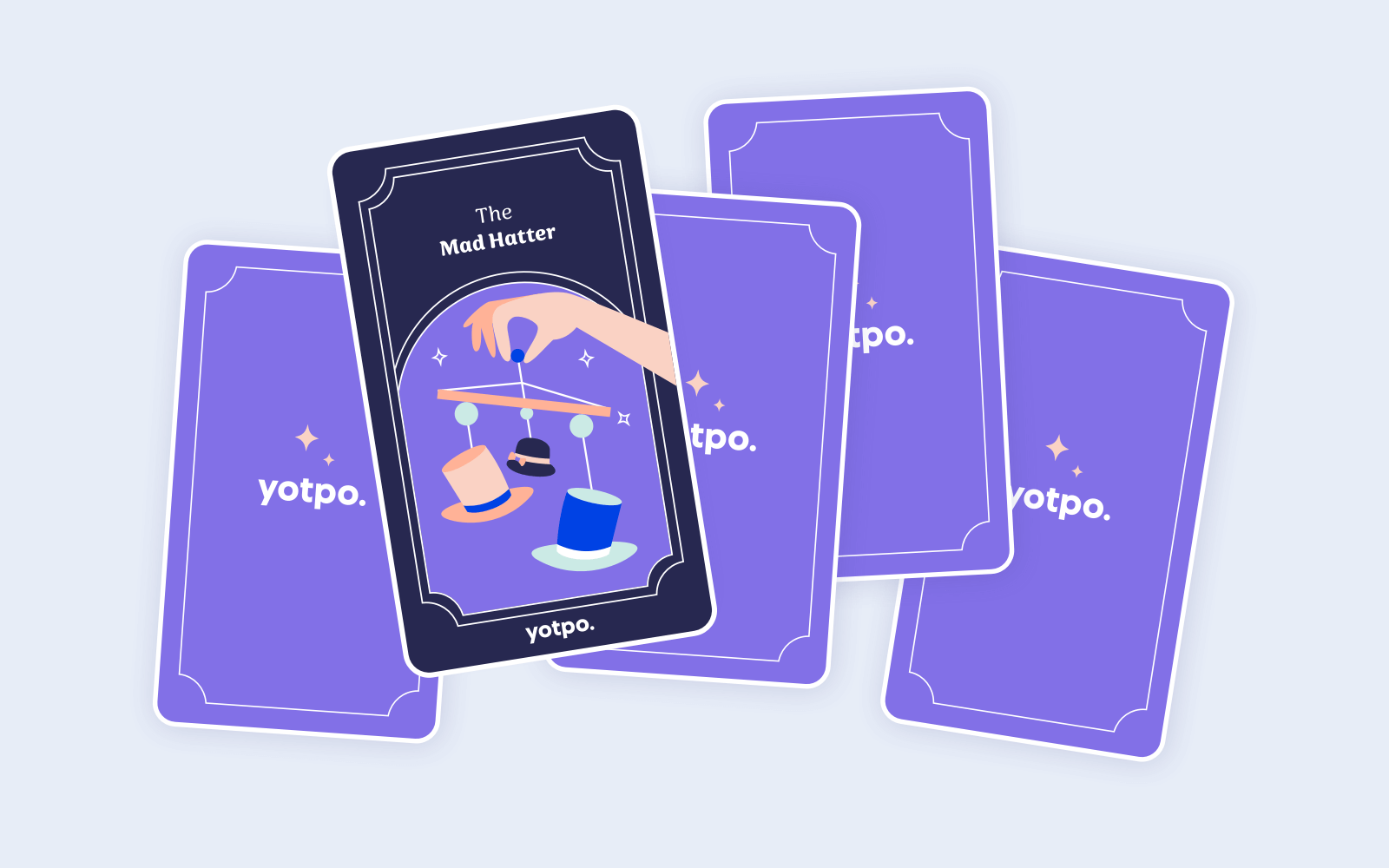
Hats off to our Mad Hatter. They tend to live life out on the edge, constantly walking a fine line between staying on top of their tasks or going down in a blaze of glory.
Look, we won’t beat around the bush. The Mad Hatter seriously struggles with bandwidth management. But who can blame them! There aren’t enough hours in the day to get to everything on their list — and don’t even get us started on the list.
Just trust us when we tell you there is quite a bit of hat-wearing, as a hatter does. All the things somehow end up on our dear Hatter’s desk. From marketing to operations to customer service, they literally touch it all.
So, what’s a Hatter to do? Let’s spill the proverbial tea.
Get an intern already! (Kidding, of course). In all seriousness, it really is time to start making your tech stack work for you. You need systems in place that seamlessly talk to each other and integrate (and play well) with others.
Having tools in place that can streamline some of the more tedious tasks is a great way to give yourself a little more time back in the day.
“To address demand, brands must integrate traditionally siloed information to enable seamless buying experiences. Leverage automation tools to connect your tech stack, streamline operations, and deliver unified experiences at every touchpoint of the buying journey.”
— Tina Donati, Content & Partner Marketing Lead, Alloy
The Antisocial Butterfly
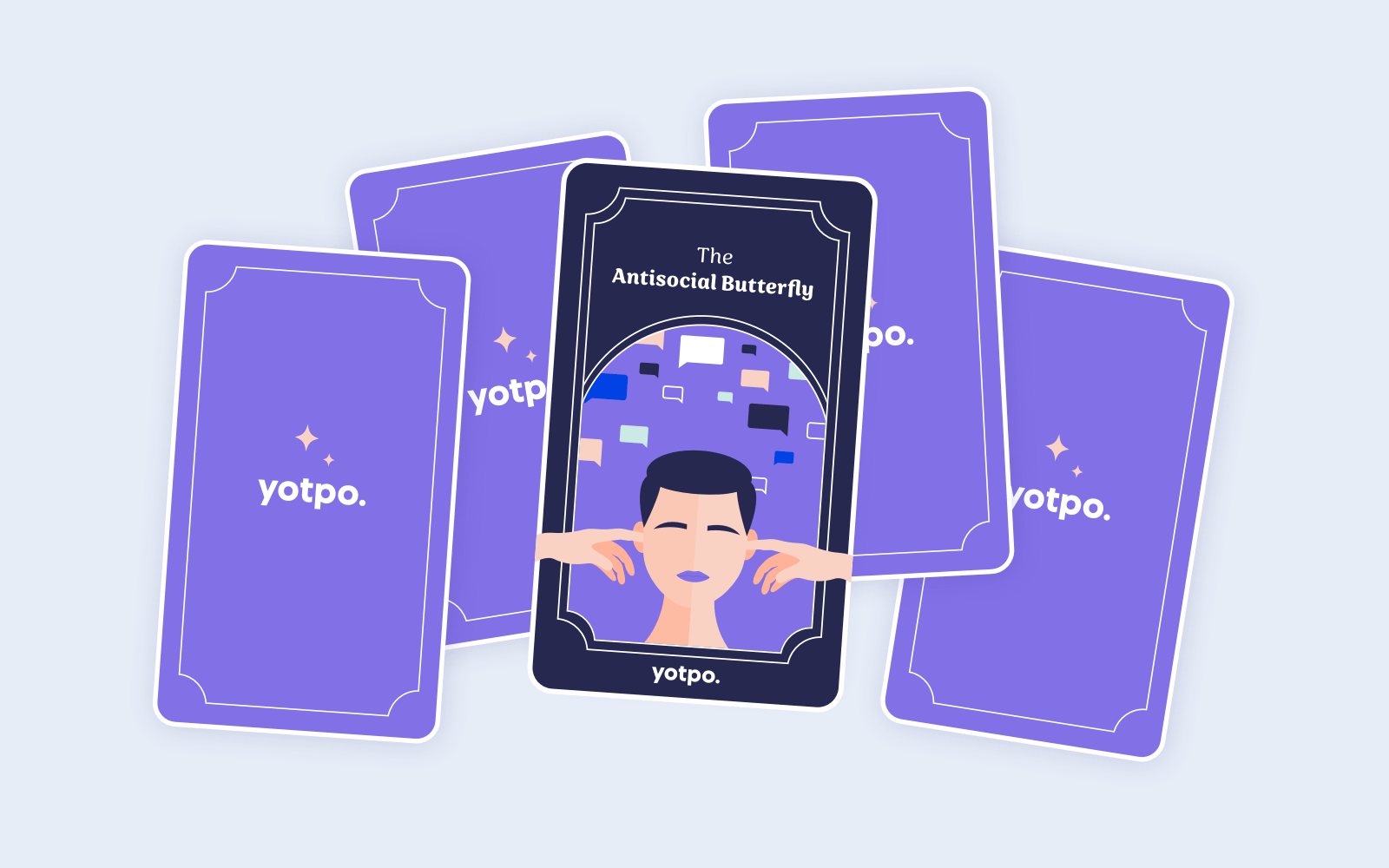
Some would say there are perks to being a wallflower. Just ask our dear friend, the Antisocial Butterfly. Their observation skills are on point, they have an uncanny ability to see the bigger picture, and they’re trusted by their customers giving them a leg up when it comes to collecting important pieces of information.
However, that birds-eye view isn’t always great for brands (or butterflies). When we’re focused on the bigger picture, we tend to gloss over all of those smaller details that put the custom in customer.
Our Antisocial Butterflies tend to have more information than they know what to do with.
Without proper integrations, personalization is a real pipe dream, and the default tends to be sending everything to everyone. But that strategy just isn’t going to work when everyone is different.
So, it’s time to really spread your wings and get out there! The key here is to implement systems that play well with each other. Having the ability to share data across channels is going to help you give all of those texts and emails a personal touch.
“With connected data, businesses can personalize interactions with customers on a granular level. By leveraging customer insights, businesses can deliver tailored experiences, recommendations, and offers that align with individual preferences and interests. This personalization creates a sense of relevance and value, increasing engagement and loyalty to the brand.”
— Drew Himel, CEO, Fireside
The Treasure Hunter
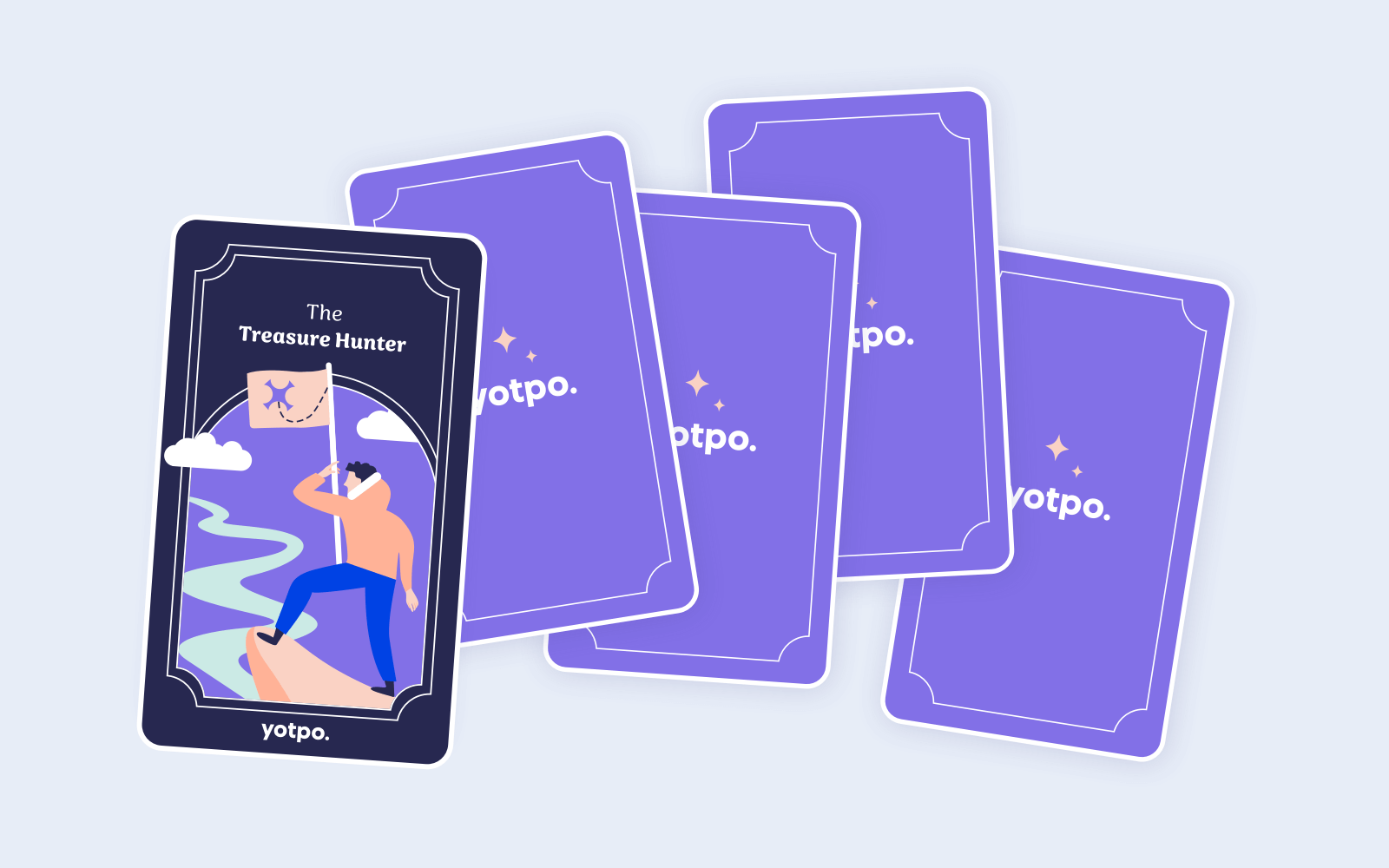
What does it look like when X doesn’t mark the spot? Meet The Treasure Hunter.
This darring data detective is an expert sleuth when it comes to hunting for information. They are very much aware that there are gaps in their own eCommerce data, but they aren’t always sure what’s missing or where to find it. Much like ye olde treasure maps, their current manner of seeking out information isn’t very clear.
Attempting to locate said gaps can feel a lot like hunting for lost treasure. And even if on the rare occasion you do find it, you’re not entirely sure what to do with it. Ultimately, you end up lacking any real clarity on who your customers are and what they want.
So, how does a treasure hunter locate the missing data? Don’t worry, we’re not here to gatekeep. The answer lies deep inside the technology stack. When your tools struggle to talk to one another or relay information, things get lost.
It’s important to have proper integrations set up and tools in place that were built to work well with others. This provides all treasure hunters out there with a clear picture and helps lead to the action.
Eureka, you found it!
“Connected data is a secret weapon for customer retention. It’s all about linking different pieces of customer data – purchase history, interactions, preferences, and feedback – to get a full picture of your customers. Armed with this knowledge, you can deliver ultra-personalized experiences, crafting tailored marketing campaigns, and implementing spot-on recommendations.
The result? A seamless and satisfying customer experience that keeps them coming back for more, boosting your customer retention rates year after year.”
— Stephanie Liu, Founder, Levitate Foundry
The Swamped Monster
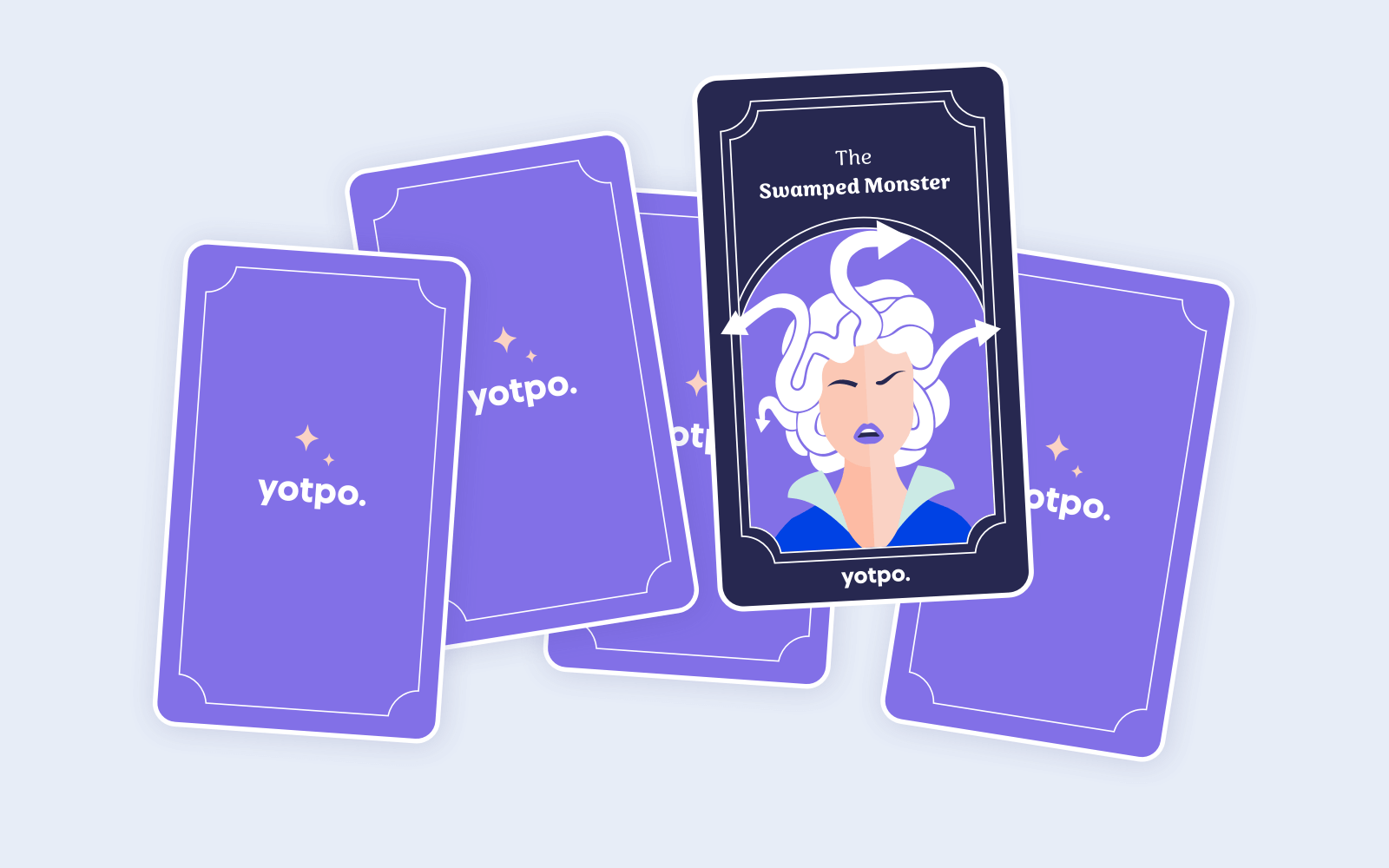
Did we just…? No, we did not call you a monster, but let’s face it: Swamped Monsters are up to their eyeballs in work. Sound familiar?
If you’ve never met a swamped monster then there’s a good chance you’ve been living in denial. The Swamped Monster typically suffers from to-do list paralysis, something that probably feels similar to being stuck in the mud. Tasks keep piling up and they’re not sure where to begin.
But the real issue hanging over every Swamped Monster’s head is that when they aren’t sure where to start they tend to freeze or pass over big projects like a much-needed migration, overhauling a loyalty program, or stepping it up with SMS.
So how does one become un-swamped? Ahh, now that IS the question.
First, it’s imperative that you identify any overlaps. Are there places where you can double up and complete one task for two initiatives? For example, can you combine your SMS and email forces? Creating one strategy that will work together and doubling down on your customer communications can really help you drive sales and save time.
Second, maybe it’s time to start delegating. Are there ways you can hand off some of your workload? Maybe it’s using the latest and greatest in AI to build out your next reporting deck, maybe it’s a single platform that allows you to pull all of your eCommerce data at once.
Leaning on others, human, bot, or otherwise is a great way to make sure things don’t get stuck in your blind spot or the mud.
“For brands who are trying to do more with less, focus on the low-hanging fruit and automate your tech stack as much as possible. It can take more initial time to set up, but save hundreds of hours and resources in the future.”
— Michael Wadsworth, Partner Marketing Manager, EcoCart



